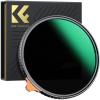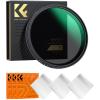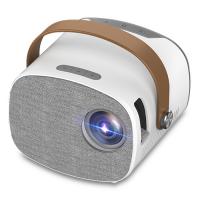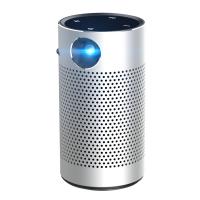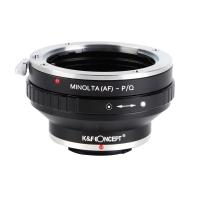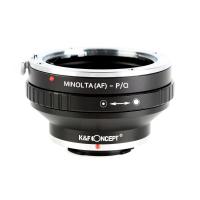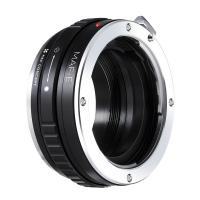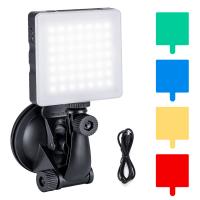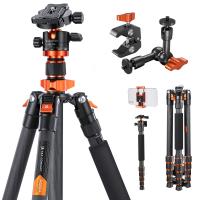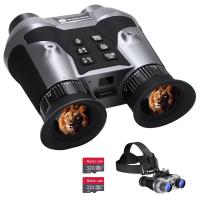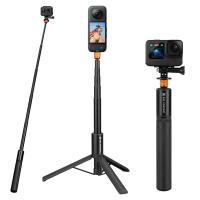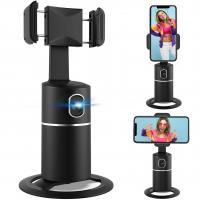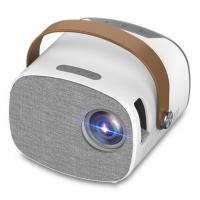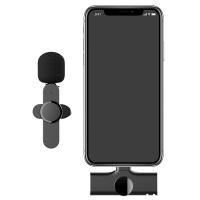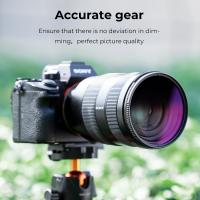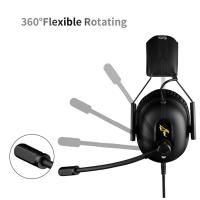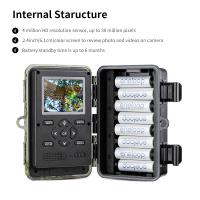How To Make A Diy Projector?
Creating a DIY projector can be a fun and educational project that allows you to understand the basics of optics and electronics while also providing a functional device for your home. Whether you want to watch movies, display presentations, or simply experiment with technology, building your own projector can be a rewarding experience. In this article, we will walk you through the steps to create a simple yet effective DIY projector using readily available materials.
Materials Needed
Before we dive into the construction process, let's gather the necessary materials. Here’s a list of what you’ll need:
1. A cardboard box: This will serve as the body of your projector.
2. A magnifying glass: This will act as the lens to project the image.
3. A smartphone or tablet: This will be the source of your images or videos.
4. Black paint or black paper: To line the inside of the box and prevent light leakage.
5. Tape or glue: To secure the components in place.
6. A utility knife or scissors: For cutting the cardboard.
7. A ruler and pencil: For measurements and marking.
Step-by-Step Guide
Step 1: Prepare the Box
First, you need to prepare the cardboard box. The size of the box will determine the size of your projector, but a shoebox is usually a good starting point.
1. Line the Inside: Paint the inside of the box black or line it with black paper. This will help to absorb excess light and improve the quality of the projected image.
2. Cut a Hole for the Lens: On one of the shorter sides of the box, use a ruler to find the center and mark it with a pencil. Then, use a utility knife to cut a hole slightly smaller than the diameter of your magnifying glass.
Step 2: Install the Lens
The magnifying glass will serve as the lens of your projector.
1. Secure the Lens: Place the magnifying glass over the hole you just cut and secure it with tape or glue. Make sure it is centered and firmly in place to avoid any light leakage.
Step 3: Create a Stand for Your Smartphone
Your smartphone will be the source of the images or videos, so it needs to be positioned correctly inside the box.
1. Build a Stand: You can create a simple stand using a piece of cardboard. Cut a piece of cardboard that fits inside the box and fold it into a triangular shape to hold your smartphone at an angle.
2. Position the Stand: Place the stand inside the box, opposite the lens. The screen of your smartphone should face the lens.
Step 4: Adjust the Focus
To get a clear image, you will need to adjust the focus of your projector.
1. Test the Projection: Place your smartphone on the stand and play a video or display an image. Close the box and point the lens towards a blank wall or a white sheet.
2. Adjust the Distance: Move the smartphone closer or further away from the lens until the image becomes clear. You may need to adjust the angle of the stand as well.
Step 5: Fine-Tuning
Once you have a clear image, you can make some final adjustments to improve the quality of your DIY projector.
1. Seal the Box: Use tape to seal any gaps or openings in the box to prevent light from leaking out.
2. Enhance the Image: If the image is too dim, try using a brighter screen or a more powerful magnifying glass. You can also experiment with different box sizes and lens positions to get the best results.
Practical Tips and Troubleshooting
Building a DIY projector is a straightforward process, but you may encounter some challenges along the way. Here are some practical tips and troubleshooting advice to help you get the best results:
1. Image Inversion: The lens will invert the image, so you may need to lock the screen orientation on your smartphone and flip the image before projecting it.
2. Brightness: If the projected image is too dim, try increasing the brightness of your smartphone screen. You can also use a darker room to enhance the visibility of the projection.
3. Resolution: The quality of the projected image will depend on the resolution of your smartphone screen. Higher resolution screens will produce clearer images.
4. Lens Quality: The quality of the magnifying glass will also affect the clarity of the projection. A higher quality lens will produce a sharper image.
5. Distance and Size: The distance between the lens and the smartphone, as well as the size of the box, will affect the size and focus of the projected image. Experiment with different configurations to find the best setup.
Creating a DIY projector is a fun and educational project that can provide hours of entertainment. By following the steps outlined in this article, you can build a simple yet effective projector using readily available materials. Not only will you gain a better understanding of optics and electronics, but you will also have a functional device that you can use to watch movies, display presentations, or simply impress your friends.
Remember, the key to a successful DIY projector is experimentation. Don’t be afraid to try different configurations and make adjustments until you get the best results. With a little patience and creativity, you can create a projector that rivals commercially available models. Happy building!

